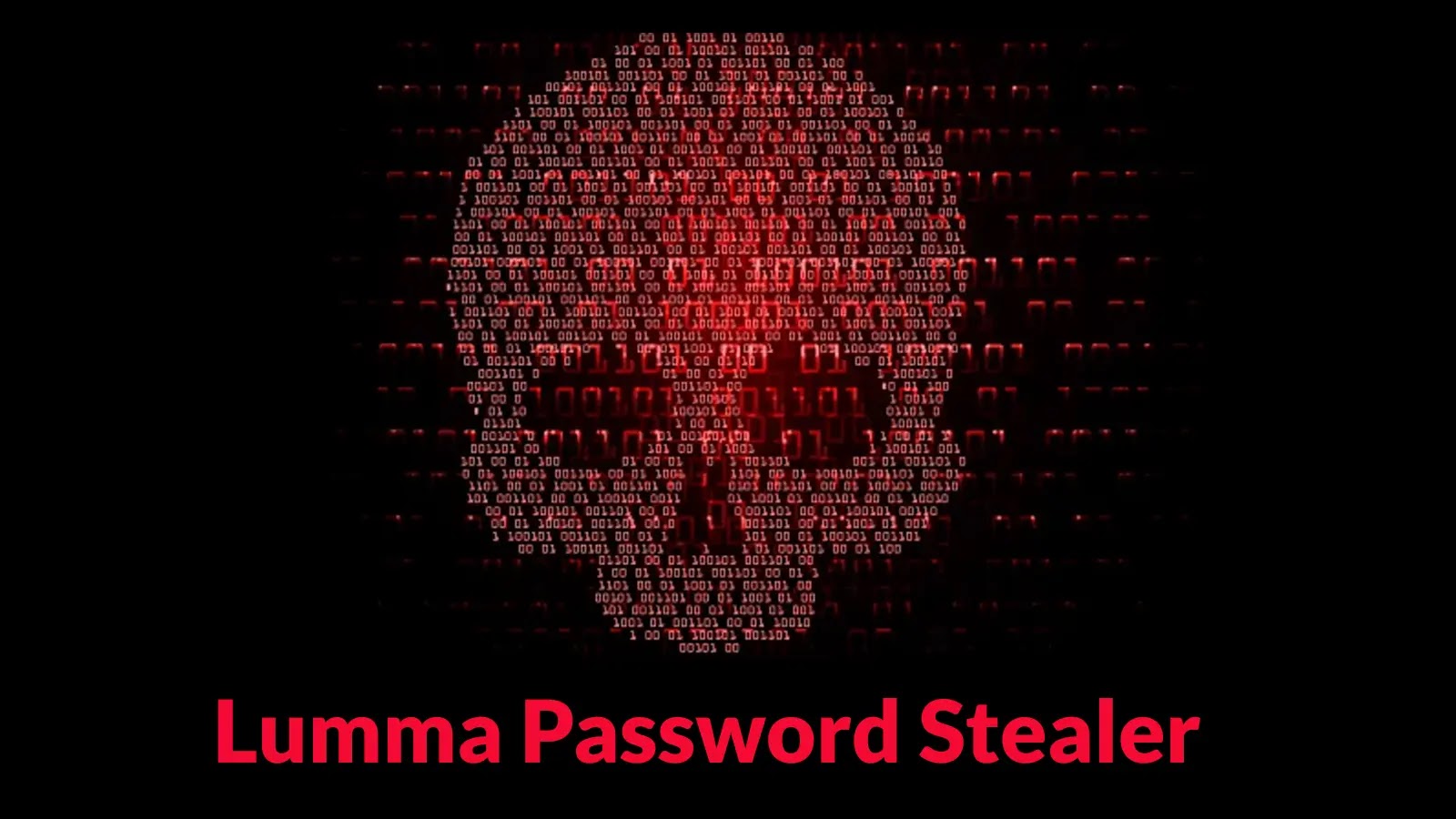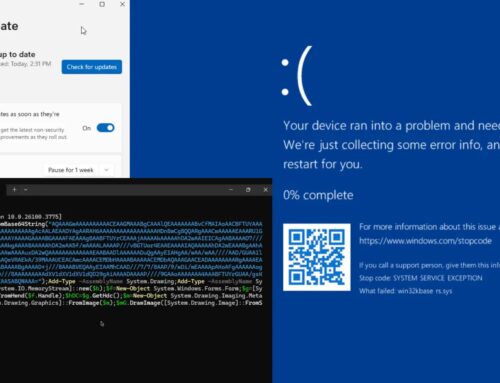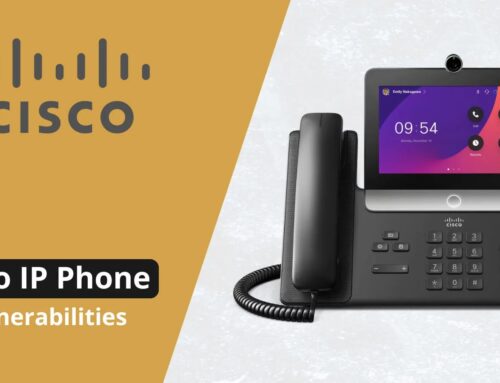
Lumma Password Stealer Attack Infection Chain and Its Escalation Tactics Uncovered
The digital landscape is a constant battleground, relentlessly challenged by sophisticated cyber threats. Among the most concerning adversaries to emerge, Lumma Password Stealer has seized a prominent position, aggressively targeting Windows systems worldwide. This C++-based information stealer exemplifies the evolving threat of malware-as-a-service (MaaS) operations, having already compromised hundreds of thousands of computers. Understanding its infection chain and escalation tactics is not merely academic; it is critical for defense.
The Pervasive Threat of Lumma Password Stealer
Lumma Password Stealer, often simply referred to as Lumma, is a highly effective information-stealing malware built in C++. Its rapid ascent in underground markets signifies a growing demand for potent, readily available tools for cybercriminals. Operating as a MaaS solution, Lumma lowers the barrier to entry for malicious actors, enabling them to deploy sophisticated attacks without extensive technical expertise. Its primary objective is the exfiltration of sensitive user data, including login credentials, financial information, and personal files, making it a severe threat to both individual privacy and organizational security.
Lumma’s Infection Chain: A Multi-Stage Assault
The success of Lumma lies in its well-orchestrated infection chain, typically involving multiple stages designed to evade detection and establish persistence:
- Initial Access: Lumma commonly gains initial access through prevalent vectors such as phishing campaigns, malvertising, or compromised websites delivering drive-by downloads. Users may encounter seemingly legitimate emails with malicious attachments (e.g., weaponized documents or executables disguised as installers) or be redirected to malicious sites that silently drop the payload.
- Execution and Evasion: Once the initial payload is on the system, Lumma employs various techniques to execute. This often involves bypassing User Account Control (UAC) and leveraging legitimate system processes to mask its malicious activities. It may also perform anti-analysis checks, such as detecting virtual environments or debuggers, to avoid scrutiny by security researchers.
- Persistence Mechanisms: To ensure continued access to the compromised system, Lumma establishes persistence. Common methods include modifying registry keys (e.g.,
HKEY_CURRENT_USER\Software\Microsoft\Windows\CurrentVersion\Run), creating scheduled tasks, or dropping malicious DLLs into legitimate application directories. - Data Exfiltration: This is Lumma’s core function. The stealer is designed to scour the infected system for a wide array of sensitive data. This includes browser credentials (passwords, cookies, autofill data), cryptocurrency wallet data, VPN client credentials, and files of interest (documents, images). It targets popular browsers like Chrome, Firefox, Edge, and various desktop applications.
- Command and Control (C2) Communication: After collecting the data, Lumma establishes communication with its C2 server to exfiltrate the stolen information. This communication is often encrypted to evade network-based detection. The C2 infrastructure also allows the attackers to issue further commands, potentially extending the compromise or delivering additional payloads.
Escalation Tactics: Expanding Compromise and Impact
Lumma’s true danger lies not just in the initial data theft but also in its potential for tactical escalation:
- Lateral Movement Credentials: Stolen credentials, particularly for network shares, RDP, or internal applications, can be immediately used for lateral movement within an organization. This allows attackers to broaden their foothold, access more sensitive systems, and escalate privileges.
- Cryptocurrency Wallet Targeting: The specific targeting of cryptocurrency wallets indicates a direct path to financial gain for the attackers, potentially leading to irreversible financial losses for victims.
- Selling Access: Beyond data exfiltration, the compromised system itself, or the credentials to critical services, can be sold as initial access brokers on dark web forums. This provides other threat actors an entry point, potentially leading to ransomware deployment, corporate espionage, or further data breaches.
- Leveraging Stolen Cookies and Tokens: Beyond simple passwords, the theft of browser cookies and authentication tokens can allow attackers to bypass multi-factor authentication (MFA) mechanisms, directly logging into sensitive accounts without needing the password itself. This is a significant escalation from traditional password theft.
Remediation Actions: Fortifying Defenses Against Lumma
Effective defense against Lumma requires a multi-layered security approach. Organizations and individuals must prioritize proactive measures and swift incident response capabilities:
- Email and Web Security:
- Implement robust email filtering solutions to detect and block malicious attachments and links.
- Deploy web content filtering and secure web gateways to prevent access to known malicious sites and block drive-by downloads.
- Endpoint Detection and Response (EDR):
- Utilize advanced EDR solutions capable of behavioral analysis to identify and halt Lumma’s execution and persistence attempts.
- Ensure EDR agents are up-to-date and configured to actively monitor system processes, file changes, and network connections.
- Regular Software Updates and Patching:
- Maintain an aggressive patching schedule for operating systems, web browsers, and all installed software to close known vulnerabilities that Lumma might exploit (e.g., see CVE-2023-21783).
- Strong Password Policies and Multi-Factor Authentication (MFA):
- Enforce strong, unique passwords for all accounts.
- Implement MFA wherever possible, especially for critical accounts and services. While Lumma can steal cookies, MFA significantly increases the effort required for attackers to gain access.
- User Awareness Training:
- Regularly educate employees about phishing, social engineering tactics, and the importance of scrutinizing suspicious emails and links.
- Train users to identify red flags in URLs and email content.
- Network Segmentation:
- Implement network segmentation to limit lateral movement if a system becomes compromised. This can contain the breach and prevent its escalation across the entire network.
- Data Backup and Recovery:
- Maintain regular, offsite backups of critical data, ensuring they are isolated from the main network to prevent compromise.
- Test recovery procedures periodically.
Relevant Tools for Detection and Mitigation
| Tool Name | Purpose | Link |
|---|---|---|
| Microsoft Defender for Endpoint | Comprehensive EDR for Windows systems, offering behavioral detection and incident response capabilities. | Microsoft Defender for Endpoint |
| Nessus | Vulnerability scanner for identifying unpatched systems and misconfigurations. | Nessus by Tenable |
| VirusTotal | Online service for analyzing suspicious files and URLs, providing insights from multiple antivirus engines. | VirusTotal |
| Wireshark | Network protocol analyzer for deep inspection of network traffic, useful for detecting C2 communication. | Wireshark |
Conclusion
Lumma Password Stealer represents a significant evolution in the threat landscape, manifesting as a potent MaaS solution capable of widespread compromise and sophisticated data exfiltration. Its ability to rapidly gain traction and target a vast array of sensitive information underscores the imperative for robust cybersecurity defenses. Proactive measures—including diligent patching, advanced endpoint protection, strong authentication, and user education—are paramount. Organizations and individuals must remain vigilant and continuously adapt their security postures to counter the persistent and escalating tactics of information stealers like Lumma, safeguarding valuable digital assets against ever-present adversaries.





